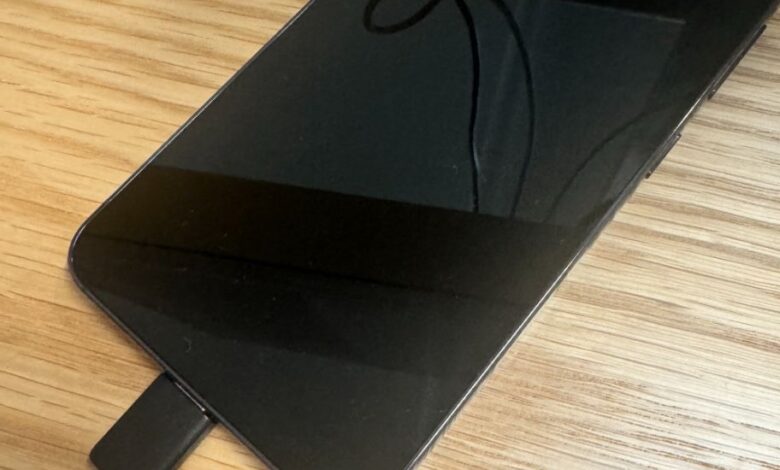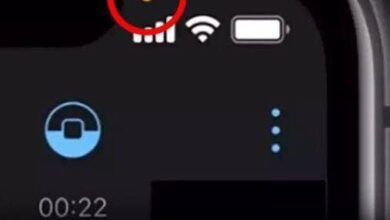
Never leave your charger plugged into the socket without your phone attached! My electrician warned me about this, and I wish I did this sooner!
We live in an age where convenience often reigns supreme. Leaving your phone charger plugged into the socket, even when your device isn’t attached, might seem like a minor inconvenience. After all, it’s just easier to grab the cable and plug it in, right?
But my electrician recently shared some alarming advice that completely changed my perspective. He warned me about the hidden dangers of leaving chargers plugged in without any device connected, and I wish I had known this sooner!
Here’s why you should always unplug your charger when you’re not using it:
1. Fire Hazard: Small Device, Big Risk
One of the most significant risks of leaving a charger plugged in is that it can become a potential fire hazard. Even when not connected to a device, chargers still draw a small amount of electrical current. If the charger is faulty or there’s a sudden power surge, this could lead to overheating and, in some cases, spark a fire.
My electrician emphasized this point by sharing a few alarming stories about homes that had experienced electrical fires, which started from something as seemingly harmless as a charger left plugged in. Worn-out or cheap, unbranded chargers are even more dangerous, as they often lack the safety mechanisms to prevent overheating.
How it Happens:
- Overheating: When a charger is plugged in, even if not connected to your phone, it can still generate heat. Over time, this heat builds up, especially in poorly ventilated areas, which can cause the components to burn out or even melt.
- Electrical Short Circuits: A short circuit could occur if the charger or its wires are damaged, leading to sparks and, potentially, a fire.
To minimize this risk, it’s best to unplug chargers when not in use, and always invest in high-quality, certified chargers.
2. Energy Waste: It Adds Up!
Did you know that leaving your charger plugged in without your phone attached is a silent energy drain? Though the amount of power it draws is small, it’s not zero. This “phantom load” or “vampire power” accumulates over time and can result in higher electricity bills.
You might think that a charger uses an insignificant amount of electricity on its own. But when you multiply that by the number of chargers, devices, and appliances left plugged in across your household, it can lead to a noticeable spike in your power consumption over time.
The Environmental Impact:
While each charger uses only a tiny bit of energy, millions of people worldwide doing the same thing creates a significant environmental impact. According to energy experts, phantom load from electronics accounts for up to 5-10% of total household electricity use. Reducing unnecessary energy waste by unplugging devices when not in use can make a meaningful difference, especially as we try to move toward more sustainable living practices.
3. Charger Longevity: Shortened Lifespan
Another reason to unplug your charger when it’s not in use is to extend its lifespan. When a charger is constantly plugged into an outlet, the components inside are continuously exposed to electricity, which can cause wear and tear over time.
Even when there’s no phone attached, small electrical currents run through the charger’s circuits, causing heat and stressing its components. This can degrade the internal circuitry faster than if the charger were only plugged in when needed. Over time, this can lead to a dead or malfunctioning charger, costing you more money in replacements.
Signs of Wear:
- Warm Charger: If your charger feels warm or even hot when it’s plugged in without a device, that’s a sign of stress and potential danger. Over time, heat damages internal components.
- Frayed Cables: Frequently left plugged in chargers can also wear out the cable at the connecting points, which might cause the cable to fray or expose internal wiring. This is both a safety hazard and a surefire way to destroy your charger.
4. Safety for Sensitive Electronics
Power surges can occur at any time, especially during storms or due to issues with your home’s electrical system. If a charger is left plugged into the wall during a surge, even if it’s not connected to your phone, it could be damaged. Worse, the next time you connect your phone or other devices, that damaged charger might fry your electronics.
The electrical current from a surge can overload the delicate components inside your charger, rendering it less effective at delivering stable voltage. When you finally connect your device, it could receive too much or too little power, leading to damage.
Surge Protection:
Some chargers do come with built-in surge protection, but it’s not a guarantee. Using a power strip with surge protection is a good secondary measure. However, the best way to protect both your charger and phone is to unplug it when it’s not in use.
5. It’s a Simple Habit That Could Save You Hassle
When my electrician warned me about the risks of leaving chargers plugged in, I initially dismissed it as being overly cautious. But after doing some research and hearing his real-life examples, I realized how easy it is to avoid these problems. The simple act of unplugging a charger can prevent fires, save energy, and extend the life of your chargers and devices. It’s an easy habit to form and well worth the small effort.
Building the Habit:
- Set Reminders: If you find yourself constantly forgetting to unplug your charger, set a reminder on your phone, or place a note near your most-used outlets.
- Power Strips: Consider using power strips with individual switches. This way, you can turn off multiple chargers at once, without having to unplug each one.
- Designate Charging Areas: Create specific charging zones in your home where you only plug in chargers when actively charging devices. This way, you won’t forget about the plugged-in chargers in random rooms.




